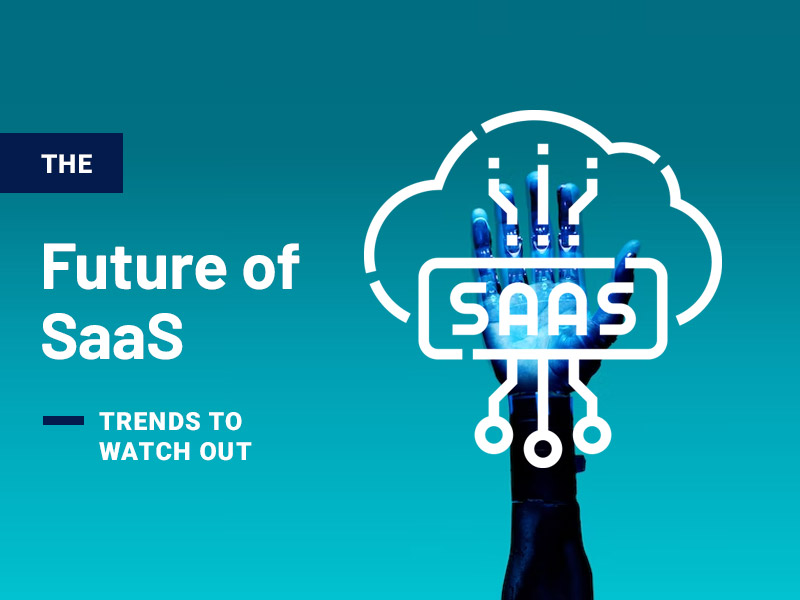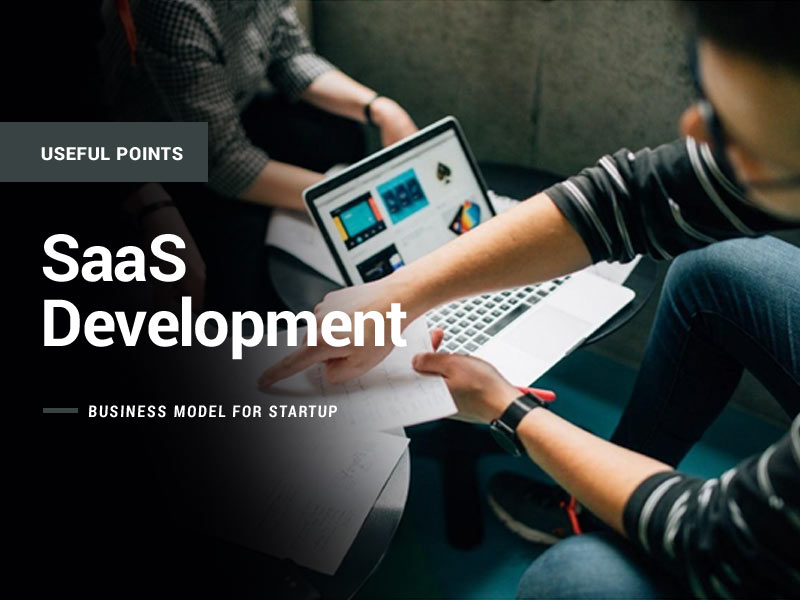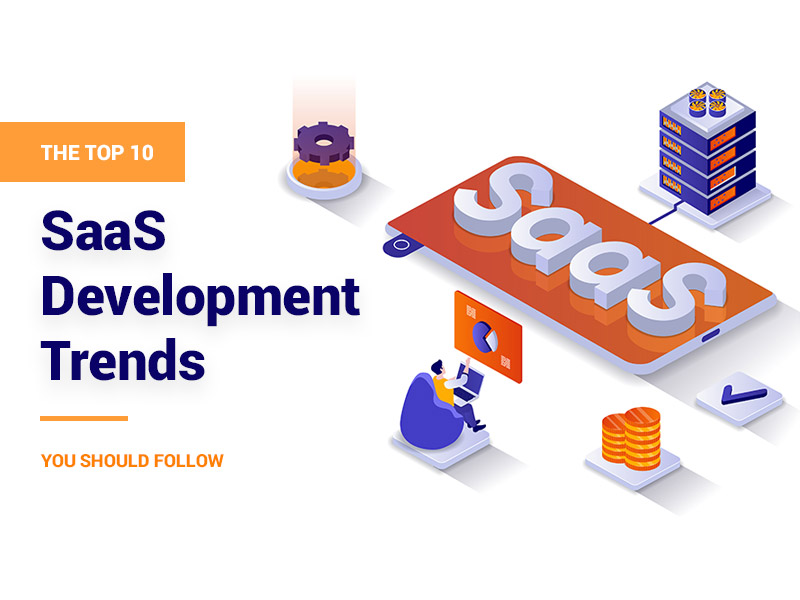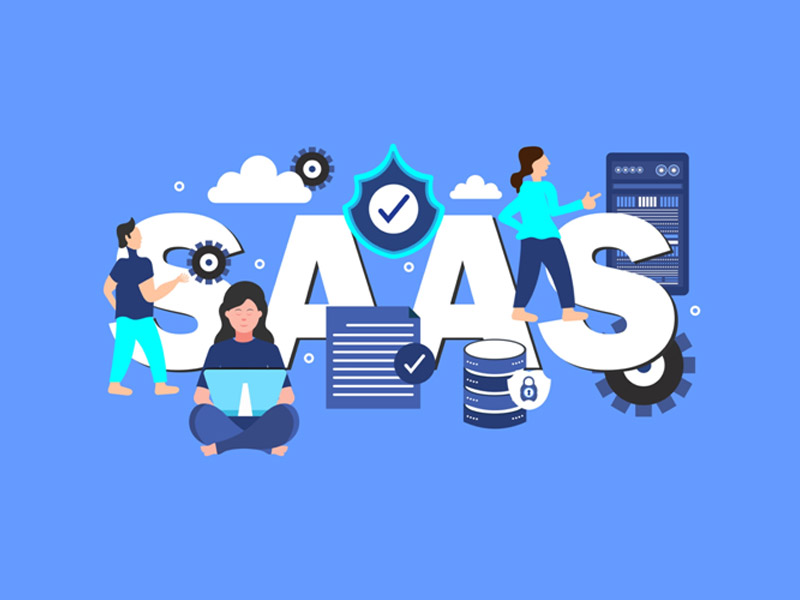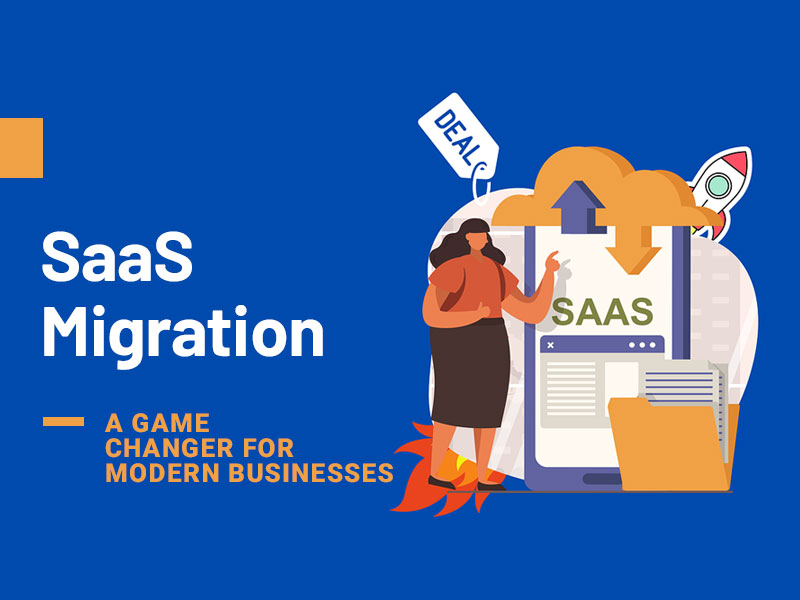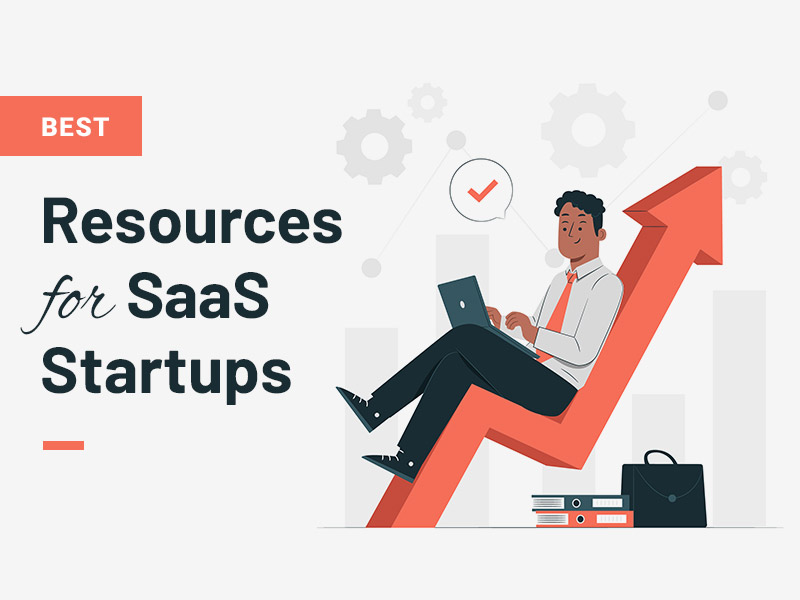Imagine having to pay for every movie, TV series, and documentary you’ve watched on Netflix instead of just paying for the subscription service and getting unlimited access for the month. This is the difference that SaaS has introduced to our lives.
Even industries that used to operate on a conventional purchase-to-use basis for years are now reinventing themselves as SaaS. In the gaming industry, for instance, instead of purchasing each game individually, you can now get a Game Pass and access hundreds of games for the duration of your subscription.
While the subscription concept is hardly anything new, the digital SaaS industry is still relatively young. This is why new trends regularly emerge to replace old ones. Here’s what you need to know about this.
1. Low-code and no-code will grow in popularity
While the ability to write code was always necessary, it was also a form of gatekeeping that prevented many people from being able to handle projects DIY. Learning how to code, even with all the materials available, can be difficult. This is why low-code and no-code services are so groundbreaking.
The fact that you no longer have to find professionals to make your site but can use a drag-and-drop website builder or SaaS website templates makes a huge difference. This doesn’t mean that your site will be just as good, only that you have a low-cost option.
Collaboration is also a lot easier since the list of people you can now bring on the project doesn’t have to be restricted to people with high technical prowess. Instead, you can bring in more team members for brainstorming.
Your IT team is probably already overworked. By choosing low-code and no-code platforms, you will alleviate some of their burdens by assigning non-IT employees to these tasks and only contacting your IT when their help is needed. Provided that the platform has decent customer service, even this might not be necessary.
2. Artificial intelligence and machine learning will play a more significant part
SaaS depends on self-improvement since no platform ever is a finished product. Instead, customers pay for a service that becomes better over time. New features are added, bugs are fixed, and quality-of-life improvements are made regularly.
With the help of machine learning, some of these updates, upgrades, and improvements will become more efficient and automatic.
Usually, this process depends on user error and bug reports. Then, the team reviews the issues and takes some time to address the problem. With machine learning, this doesn’t have to be a lengthy process.
Also, not every piece of feedback is as valuable. AI analysis will provide you with a much better insight into which problems are a priority. Fixing some problems opens a whole new can of worms. AI analysis can give you an early warning when approaching this decision. Overall, it can help with your decision-making process.
Lastly, security is always a concern with SaaS platforms. After all, these are account-based and not device-based (since they are in the cloud). AI and machine learning can identify threats with a much higher accuracy rate.
3. Bigger emphasis on SaaS SEO

SaaS is a competitive field, meaning your visibility directly impacts your competitiveness. Still, it’s a unique business model. For instance:
- The majority of revenue is subscription based
- It has cloud-based delivery
- Entry barriers are lower (which means more numerable competition)
- The approach to the product is more customer-centric
Because of this, you need a more serious approach to marketing. According to experts behind a specialized SaaS SEO agency, this business model requires a more customized approach.
First of all, you need to put an extra emphasis on credibility boost. Subscribing to a SaaS is a long-term commitment. It always involves registering an account, which means leaving it more personal. So, the first objective is building up your trustworthiness.
Second, you must use SEO to build up user experience. After all, canceling a subscription and switching to a competitor platform is a simple decision. With great user experience, you’ll incentivize your customers to stay.
SEO works so well in this field because of its scalability and the fact that it focuses on long-term results.
4. Increase in the use of VR and AR technologies
SaaS is an industry that heavily relies on access to cutting-edge technologies. Now, VR and AR may not be the most widespread technologies, but they’re iconic in their own right.
First, SaaS is an industry with a heavy stake in training and education. With VR and AR, SaaS platforms can provide simulation-based remote training. This will help companies improve their onboarding capabilities and increase the efficiency of their staff.
AR and VR advertising shouldn’t be overlooked. We’ve already mentioned that SaaS is a significant commitment. Well, virtual tours and tryouts are quite useful in helping one decide to commit to your platform.
In some fields, like real estate and architecture, the value of VR and AR is more than evident. Seeing the result without waiting for the project’s completion is a huge boon.
Many video games work on a SaaS principle (games like World of Warcraft or services like Game Pass). With more VR video games available, the overlapping between these two tech concepts will be hard to ignore. Not only that, but this may change the way users interact with content to begin with.
5. Improvement of a subscription-based model
The majority of SaaS organizations are quite efficient at handling their subscription models. They allow their customers great flexibility in changing, pausing, upgrading, or downgrading their payment model.
Since SaaS differs for everyone, personalizing the model could mean a great step forward. People are not using the same features. While enterprises in different fields may all use the same SaaS, they’re not using it the same way. So, allowing people to hand-pick features they want and customize the cost this way could be a way forward.
One of the things that people are the most outraged about are different costs of services in different regions. Sure, purchasing power parity is a huge issue, but it’s near-impossible to justify charging differently for the same service and set of features. So, going forward, we might start seeing greater transparency from these SaaS firms.
Finally, customer service needs to be much better. FAQ, email, live chat, and even phone-based customer service should be available 24/7. Moreover, since the audience of SaaS tends to be global, you need to cover all the time zones.
6. Greater reliance on voice-enabled tech

At the moment, we’re living through the peak of voice-controlled tech. Never before was the algorithm so capable of understanding context and recognizing the language. Also, sensors are more sophisticated than ever, allowing for a far better understanding of the subject matter.
More people are using Amazon Alexa for Business, Google Cloud Speech-to-Text, Zoom, and Microsoft Teams for their business. All of this indicates the growing trend of voice-enabled tech.
Voice accessibility increases productivity, enhances accessibility, and boosts user experience. We’ve already addressed the importance of these issues at multiple points throughout this article.
A lot of SaaS platforms have a complex learning curve. Well, voice commands simplify this entire process. They’re intuitive, simple, and efficient at what they do. More importantly, they immerse the user in the process, which already boosts their capabilities and user experience.
One more thing to bear in mind is the safety of use. Voice-enable commands are of great help when time is of the essence. A voice command to stop will be executed quicker than finding the right button or typing the right command (under pressure). This will especially be the case with IoT equipment.
7. More significant implementation of the blockchain technology

Probably the biggest concern that many people have with SaaS is the matter of security. The thing is that cloud-based platforms have servers that are not on-site (of your company), and access to any of the accounts can be compromised, leaving you exposed. Fortunately, blockchain can step up and help you resolve this issue.
First of all, by using blockchain, you’ll decentralize your server. In other words, the platform is not hosted from a single location or owned by a single entity. This makes the job harder for malicious third parties.
This method also allows for higher transparency. Since it’s not all in a single spot, there’s no single party with the capacity to alter data. This leads to much greater transparency, which could revolutionize tomorrow’s business world.
The other two fields will benefit from the payment process and SaaS smart contracts. With lower fees, time-saving, and greater efficiency, this will become one of the most crucial tools used by businesses across the globe.
Finally, as many platforms migrate to the blockchain, their data will become more interoperable. Needless to say, this will make future collaboration simpler.
8. Bigger emphasis on the use of API (application programming interface)
The majority of SaaS users are primarily interested in the user interface. This is the drag-and-drop interface that we’ve previously talked about. However, more advanced users may be interested in API access to advanced features.
The biggest incentive of sophisticated SaaS is to allow for the automation of processes, thus saving you work hours. With the help of API-driven automation, you can establish an efficient modern workflow within your organization with little to no effort.
With access to API, you can innovate on your own. By customizing the platform’s functions, it will become much easier for you to improve the SaaS applications you already have access to. This type of customizability is unparalleled in the business world.
9. Greater emphasis on green IT
Every industry has an ecological impact. Sure, digital services have allowed us to run a paperless business world, but they’re not completely clean. Servers and data centers are huge energy consumers, which is why there’s a push for greener practices in the IT industry.
It all starts with making energy-friendlier hosting and data centers. These hosting and data center owners are already making a difference by reducing energy consumption. On the one hand, they stand to save money in the long run. By spending less power, their utility bills will be significantly lower. Second, as more and more enterprises prioritize green IT, this will become a massive PR opportunity.
Just remember that power is not the only item on the list. These centers also produce much electronic waste. As the SaaS industry grows, the amount of waste will follow suit. It’s for this reason that finding a solution is such a priority.
Lastly, the IT industry represents the way of the future, and SaaS is one of the flagships of this positive trend. This is why this industry has a moral responsibility to lead by example.
10. More interest in the concept of edge computing

No matter how much data transfer technology has advanced, the proximity to the server still plays a large role. This is why more and more SaaS providers are considering edge computing. This is a system where you use a cloud-based data center that’s the nearest to you.
The advantages of this are numerous:
- You get much lower latency
- Better reliability
- Great scalability
- Lower costs
The big thing to remember is that it’s not just an executive decision. You also need an infrastructure that can keep up with this. If there’s just one active/available server, you won’t have a say in the matter, will you?
So, while, in principle, this idea could be a massive game-changer, it might be a while until all of these SaaS services can catch up.
Wrap up
In the end, most experts are predicting a bright future for SaaS. Due to the popularity of this model, it’s unlikely that the growth trend is going anywhere.
To get more value out of it, we can expect a greater emphasis on security and more vertical-specific solutions available to its users.
While pricing is already improving, it’s still far from perfect. Both transparency and customizable plans are trends that SaaS could greatly benefit from.
Lastly, simplicity (especially low-code and no-code) services will spearhead progress in this field.
